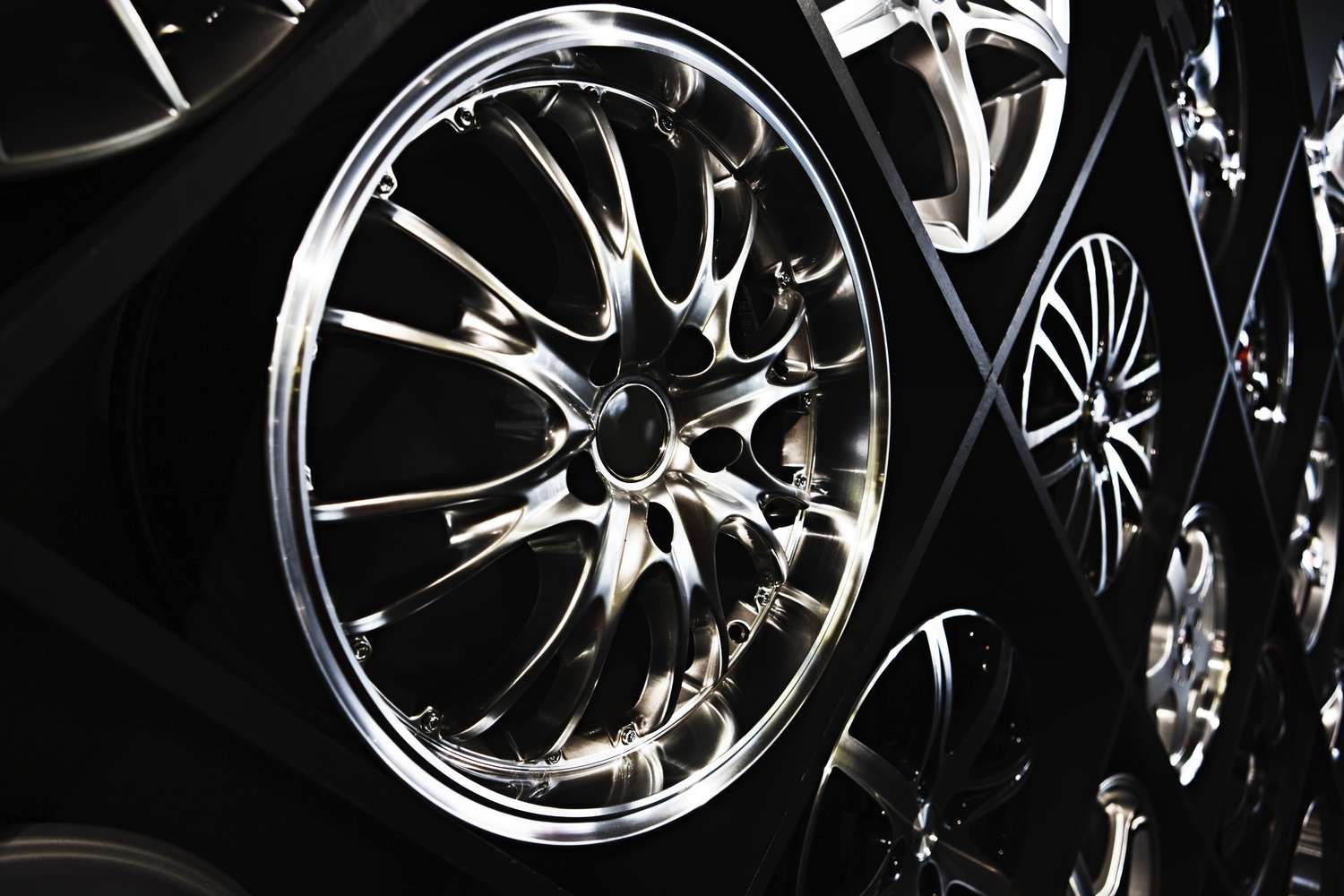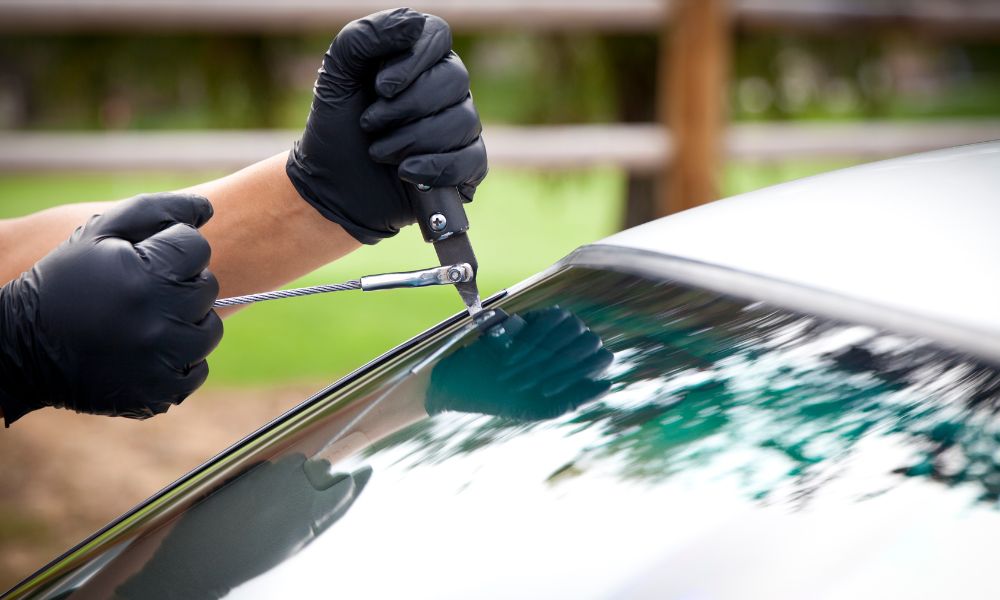
Aftermarket parts refer to replacement parts for a vehicle that is not made by the original equipment manufacturer (OEM). These parts are produced by third-party manufacturers and are often used.
Aftermarket parts refer to replacement components that are produced by manufacturers other than the original equipment manufacturer. Aftermarket parts are utilized for repairing faulty components in vehicles and other equipment. However, it’s important to note that their use may impact the insurance coverage of an insured item. Find more info about aftermarket car parts
The Certified Automobile Parts Association (CAPA) provides guidelines for aftermarket parts. When it comes to security, this partnership sets the highest standard for parts purchased aftermarket.
How do aftermarket parts work?
The cost of repairing a damaged vehicle can be quite high, which is why some motorists prefer to opt for third-party components whenever possible. These parts are generally less expensive than those made by the original equipment manufacturer (OEM).
If the language of the auto policy permits the mechanic’s shop to make use of aftermarket parts rather than OEM parts, it may give the insurer the ability to modify the policy’s coverage in the future.
When it comes to OEM vs. aftermarket parts, it’s not a matter of whether high-quality aftermarket parts are available or if they’re always the superior choice. In certain situations, they might be the sole alternative available. In the case of an older car, opting for aftermarket parts might be the only viable option for certain repairs. Although the quality of certain aftermarket parts may be uncertain, the majority of them are comparable to, or even superior to, OEM parts. Additionally, aftermarket parts are typically more easily accessible than OEM parts.
One common argument against using aftermarket parts for repairs is that they may nullify warranties.
The Magnuson-Moss Act regulates warranty language and prohibits “tie-in sales,” which refers to the use of language that explicitly requires the use of a particular company’s product.
Special considerations:
When it comes to repairs for third-party components and other improvements, the amount of cash an insured driver may get depends on the substitute schedule of their insurer. The insurer often uses a formula to calculate the depreciation of aftermarket parts and will only provide coverage for the remaining value in many cases.
The insurer uses a formula to determine the precise cash value of the parts. If the claims adjuster concludes that the automobile is a total loss, the person who insured it will only be responsible for paying for the cost of the loss that was insured. Usually, the loss of upgrades is not included.
Insurance regulations regarding the use of third-party components vary depending on the state.
Conclusion:
I hope that the article that you have just read has provided you with a comprehensive understanding of the concept of aftermarket parts and how they relate to car insurance. By gaining a deeper insight into this topic, you will be able to make informed decisions that can benefit you in the long run.




